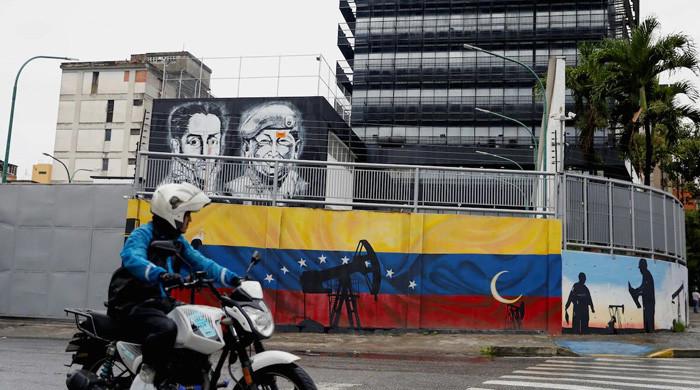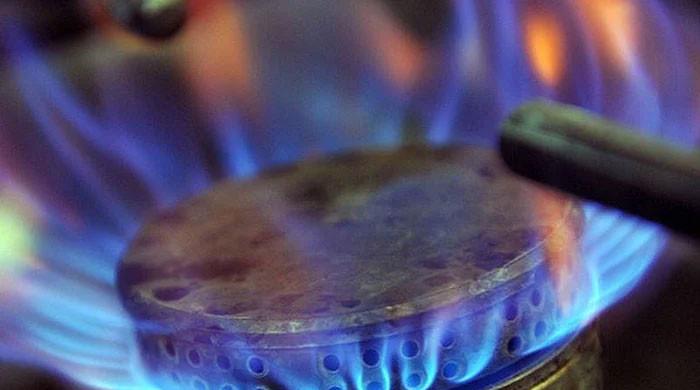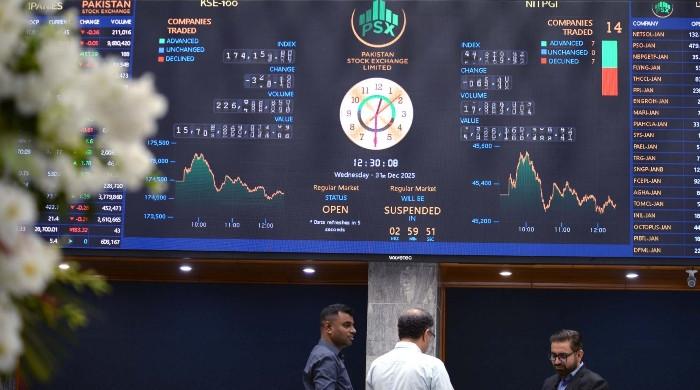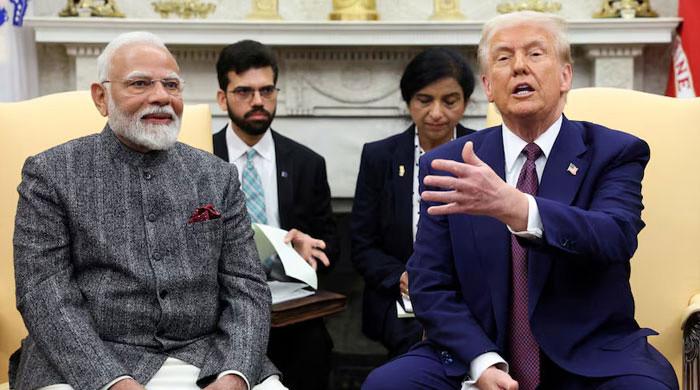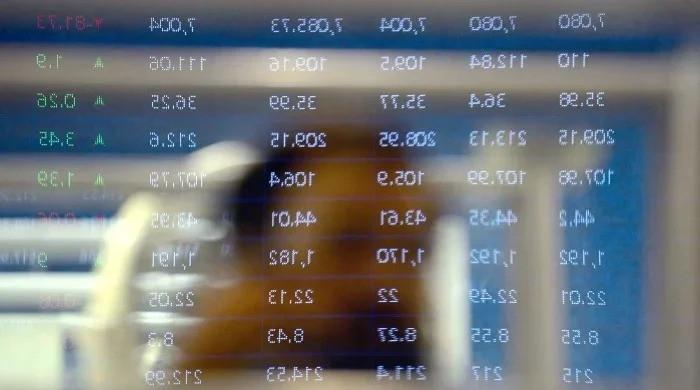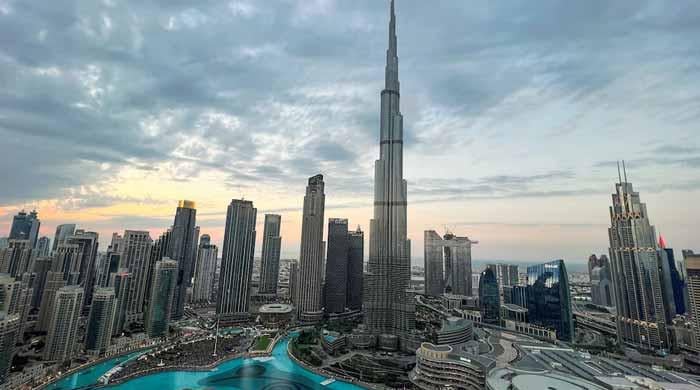Economic Survey 2021-22: Graphical overview of Pakistan's economic performance
Economic Survey reveals economy recovered from the pandemic and maintained "V-Shaped" recovery by posting GDP growth of 5.97% in FY22
June 09, 2022
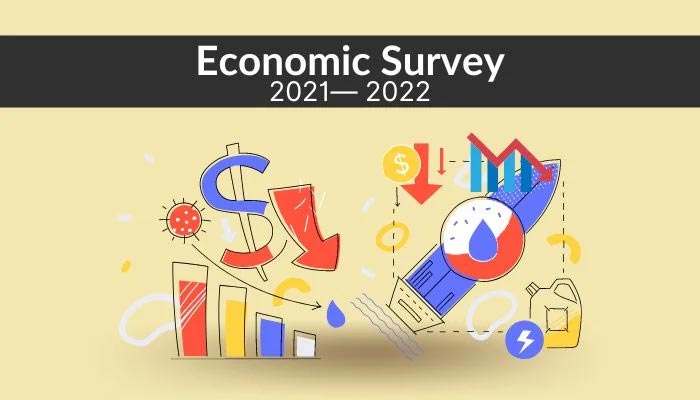
A day before the government announces the federal budget, Finance Minister Miftah Ismail unveiled the Economic Survey 2021-22 on Thursday, revealing that the economy recovered from the pandemic and maintained "V-Shaped" recovery by posting real GDP growth of 5.97% in the fiscal year 2021-22.
According to the document released by the Ministry of Finance, the real GDP posted a growth of 5.97% in the outgoing fiscal year 2021-22. However, it noted that the economy is still facing underlying macroeconomic imbalances and associated domestic and international risks.
Agriculture
The agriculture sector posted growth of 4.4% mainly due to 6.6% growth in crops and 3.3% growth in livestock. The growth in crops was recorded on account of 7.2% growth in important crops, 5.4% growth in other crops, and 9.2% growth in cotton ginning.
Industry
The industrial sector recorded a growth of 7.2% in FY22 compared to 7.8% growth in FY21. The sector's performance was more dependent on the manufacturing sector which has a share of 65%. However, within manufacturing, large-scale manufacturing (LSM) holds 74% while its share in the industry is 48%.
Services
The services sector still constitutes the largest share of 58% in the GDP even in the new methodology used for the Change of Base of National Accounts in 2015-16. However, in the new methodology, the services sector has been divided into ten sub-sectors. During FY22, the services sector posted a growth of 6.2%.
Inflation
According to the survey, Pakistan’s economy faces several severe challenges. Inflation is running high, and the prospects for future growth in potential output are uncertain. The headline inflation CPI averaged at 11.3% during July-May, FY22 against 8.8% in the comparable period last year.
Fiscal development
During the period of July-March of the outgoing fiscal year 2021-22, the fiscal deficit increased to 3.8% of the GDP (Rs2,565.6 billion) during July-March FY2022 against 3% of GDP (Rs1,652.0 billion) in the same period of last year. Similarly, the primary balance posted a deficit of Rs447.2 billion against the surplus of Rs451.8 billion during the period under review.
Capital markets
According to the document, the benchmark KSE-100 index opened at 47,356 points on July 1, 2021 and closed at 44,929 points on March 31, 2022, declining by 5.1% in the first nine months of FY22. Market capitalisation of the PSX was Rs8,297 billion on June 30, 2021 and closed at Rs7,583 billion on March 31, 2022. A total of Rs714 billion was wiped out from the market capitalisation of the PSX.
Investment-to-GDP ratio
During the period July to April, of the outgoing fiscal year 2021-22, fixed investment loans witnessed a significant expansion of Rs366.7 billion, as compared to Rs148.6 billion during the same period last year. On a positive note, credit demand increased both for fixed investment and working capital loans.
Tax-to-GDP ratio
A significant increase in tax collection was the key factor in boosting revenue growth, which more than offset the decline in non-tax revenues. Total tax collection (federal and provincial) grew by 28.1% to reach Rs4,821.9 billion during July-March FY22 compared to Rs3,765 billion in the comparable period of last year.




